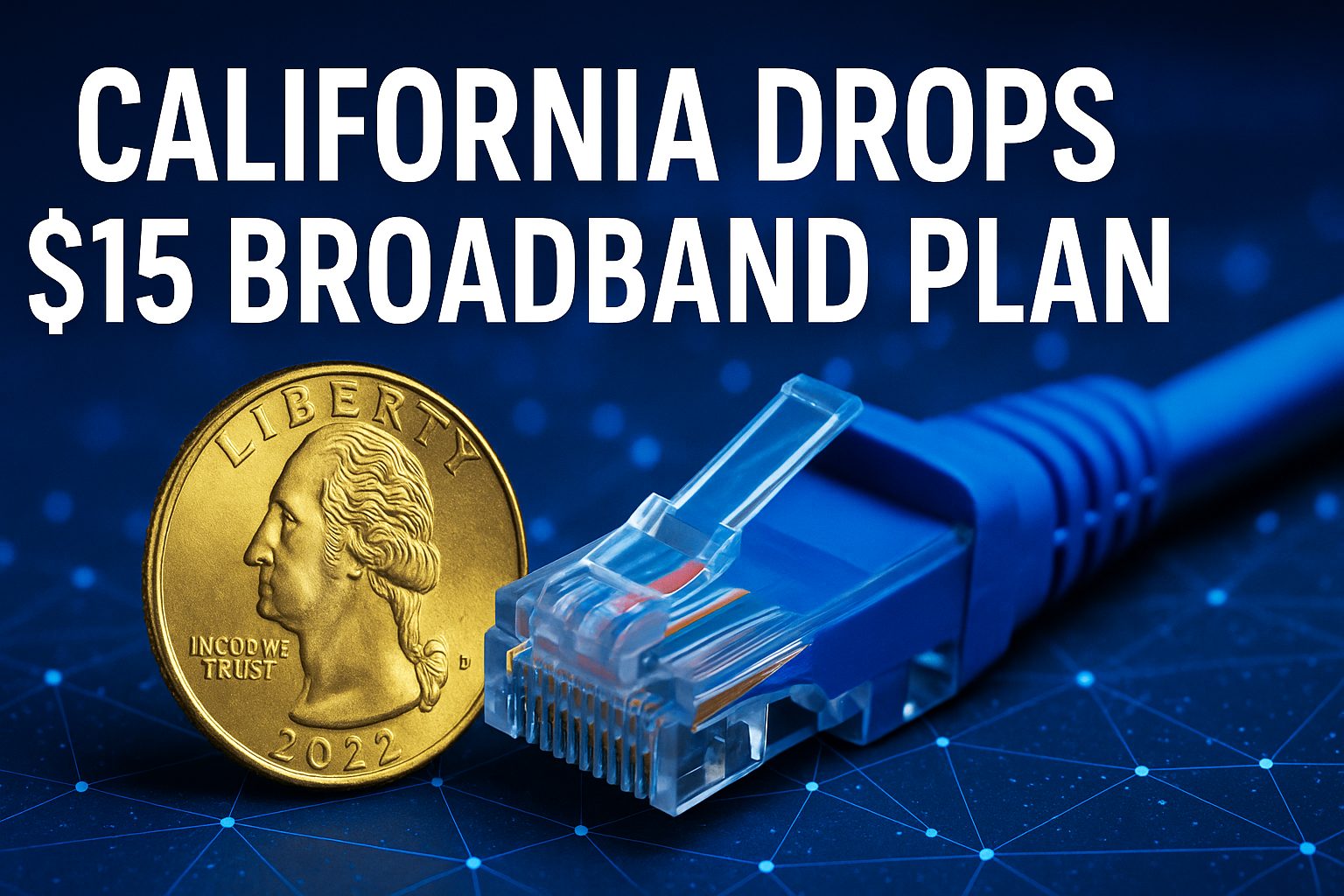
Ever wondered why your internet bill stays stubbornly high? A recent clash between California and the U.S. government just made affordable broadband even harder to reach. Here’s the scoop.

### What Happened?
California had a bold plan: force internet providers to offer a **$15/month basic broadband tier** to low-income households. But the federal government threatened to block the state’s access to crucial broadband subsidies, calling the state’s rules ‘counterproductive.’ California caved, scrapping the requirement this week.
### Why Did the Feds Push Back?
The Trump-era FCC had banned states from imposing their own broadband regulations. Even though that rule was repealed in 2021, the Biden administration argued California’s $15 plan might conflict with newer federal programs (like the Affordable Connectivity Program). Critics call it a messy bureaucratic standoff—with everyday users stuck in the middle.
### ‘A Complete Farce,’ Says State Lawmaker
California Assemblymember Jim Wood didn’t hold back: *’This is a complete farce. The federal government is supposed to help expand access, not block states from trying to help their residents.’* Meanwhile, millions of Californians still lack affordable internet—a gap that’s only grown since the pandemic.
### What’s Next for Affordable Broadband?
– Federal programs like the ACP still offer discounts (up to $30/month).
– California’s plan could resurface if federal policies shift (hello, election year dynamics).
– ISPs like Comcast and AT&T continue offering low-cost plans… but advocates argue they’re *still* too expensive for many.
Bottom line? The fight for affordable internet just got messier. Should states have the power to set their own rules, or does this kind of patchwork hurt progress? Let us know your take!
No responses yet